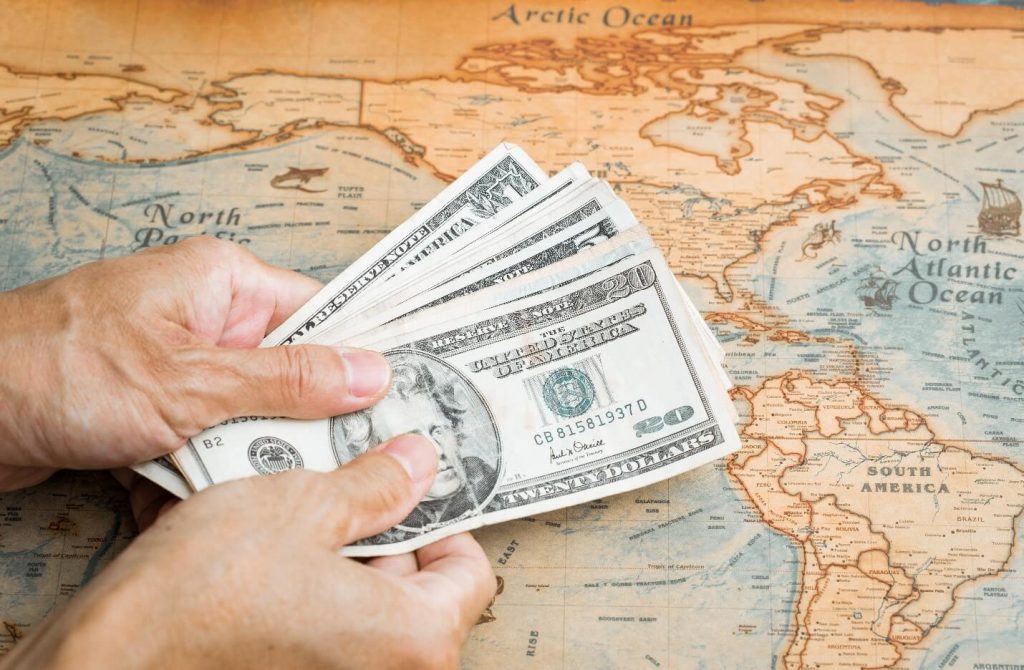
Dollar becalmed after falling
On Friday, the dollar was flat in early European trading, on track to end the week lower after encouraging signs from the pandemic rekindled global risk appetite, bolstering higher yielders.
The dollar index, which measures the value of the US currency against a basket of six advanced economies, remained virtually unchanged at 96.06. All of the significant currencies made minor moves as well. The euro was up less than 0.1 percent at $1.1347, while the pound was up about the same amount at $1.3412.
Trading has all but ceased ahead of the Christmas holiday season, but markets are still formally open.
As has been the case all week, the most dramatic moves have been in the Turkish lira, whose rally in response to President Recep Tayyip Erdogan’s efforts to curb dollar hoarding appears to be winding down. From a high of more than 18 lire last week, the dollar fell as low as 10.1565 on Thursday before regaining ground.
Currencies
The dollar has lost between 1% and 1.5 % against sterling, the Canadian, Australian, New Zealand dollars. As scientific evidence suggests, the latest pandemic wave will be less economically damaging than previous ones, with the dollar down nearly 1% against the euro. Its only notable gains have come against other safe-haven currencies such as the Japanese yen and the Swiss franc.
Data released on Thursday that showed sustained inflationary pressure in the United States were insufficient to derail the broader optimism, as a growing body of evidence suggested that the Omicron variant of Covid-19 is less likely to cause severe illness than all previous dominant strains. The more evidence pointing in that direction, the less likely economic disruptions will be.
The Russian ruble reached its highest level in over a month after news that talks with the US to de-escalate the situation on the Ukrainian border may take place soon. President Vladimir Putin moderated the tensions slightly at his annual press conference on Thursday, declining to repeat a threat of military action made earlier in the week in a speech.
The South African rand strengthened further after new data showed that the country that was the first to identify the Omicron variant of Covid-19 might soon be able to put its latest infection wave behind it. The 7-day average for new infections is already about a quarter lower than last week.


